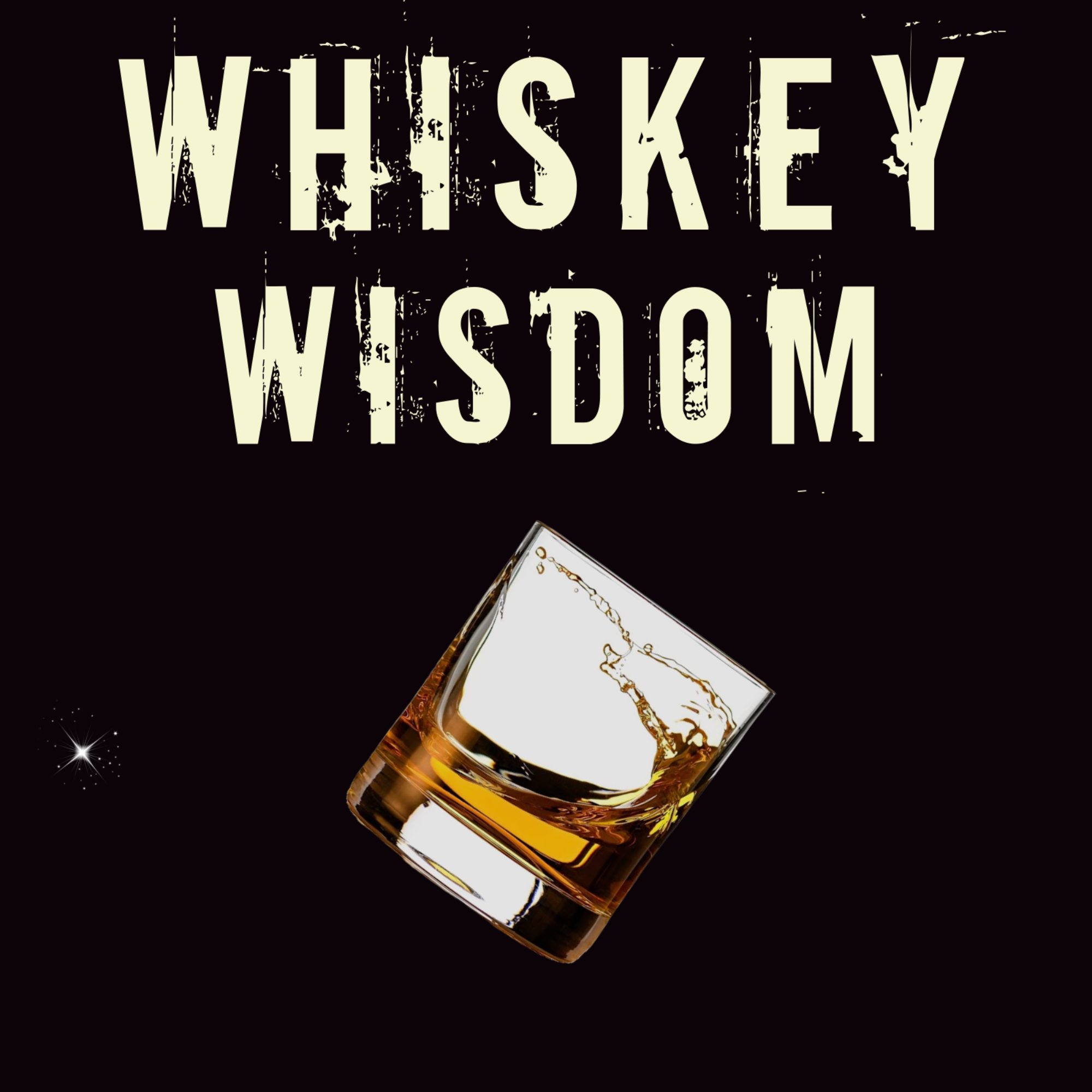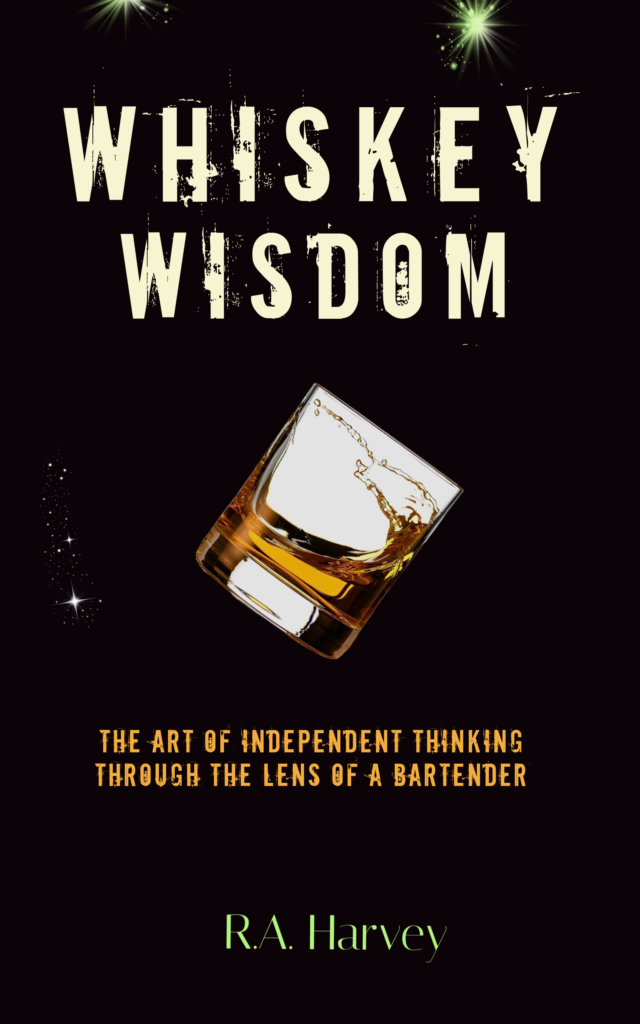It was toward the middle of the twentieth century that the inhabitants of many European countries came, in general unpleasantly, to the realization that their fate could be influenced directly by intricate and absturse books of philosophy. Their bread, their work, their private lives began to depend on this or that decision in disuputes on principles to which, until then, they had never paid any attention. In their eyes, the philosopher had always been a sort of dreamer whose divagations had no effect on reality. The average human being, even if he had once been exposed to it, wrorte philosophy off as utterly impractical and useless. Therefore the great intellectual work of the Marxists could easily pass as just one more variation on a sterile pastime. Only a few individuals understood the causes and probable consequences of this general indifference.
— The Captive Mind, Czeslaw Milosz (winner of the Nobel Prize for Literature, 1980)
Chapter 32
The power of ideas and the supreme role of ideas in human existence can be seen no more starkly than in the fact that people subscribe to them without any hesitation, wavering, or scruples.
Societies are the result of human action, human action the result of ideologies.
As the Czeslaw Milosz passage which I quote at the top of this chapter captures so perfectly, societies and any concrete order of social affairs are the direct outcome of ideas.
Ideas have consequences, whether for good or for ill.
The following is a real-life illustration — writ sickeningly large — of what can happen when the idea of individuality, individualism, and independent thinking are not regarded as primary but replaced instead with the ideology of egalitarianism by force:
When the Khmer Rouge seized power in April 1975, they did so with the intention of obliterating its hierarchical political culture in order to reconstruct Cambodian society from ground zero as the world’s most egalitarian, and therefore revolutionary social order.
That passage comes from historian Karl Jackson, in a heartbreaking book, published by Princeton Press, called Cambodia 1975 – 1978. In this book, Jackson describes the Khmer Rouge (which was the name of the socialist-communist-Marxist party that took over Cambodia in the mid-1970’s) as “sectarians and radical egalitarians [who] saw the diversity and differences between people as the root of all evil.”
This, extrapolated and elaborated from the ideas of Karl Marx and Friedrich Engels, was the ideology. It was led by a cult-of-personality named Pol Pot, Western educated, who was also the architect of the Killing Fields – a seemingly incomprehensible genocide where Cambodian cities were systematically depopulated and the entire Cambodian population enslaved on collective farms with a horrifyingly draconian ideology-of-equality imposed upon all.
“Typically, the slightest dissent would be punished by the offender getting clubbed or starved to death, and so many Cambodians were dispatched by such methods (approximately 1.7 million between 1975 and 1979 according to one estimate) that fields filled with corpses became the macabre hallmark of the regime” (Ibid).
From the Journal of Asian Studies (1998):
“First, they tried to eliminate the use of linguistic registers that connoted kinship, age and other social differences. The word comrade, mitt, was suppose to replace titles, honorifics and even kin terms. Second, many non-verbal cues that connoted status, such as polite greeting forms and bending down before superiors, were also discouraged.”
A historian by the name of Jay Jordens writes that the “Khmer Rouge realized Buddhism was at the core of Khmer ideas of social hierarchy. Thus by abolishing religion and destroying all vestiges of Buddhism; monks, texts, images, rituals, and so on, they might destroy the moral underpinnings of the beliefs in ‘unequal souls'” (Propaganda, Politics and Violence in Cambodia, 1996).
And from the website Asia Pacific Curriculum:
By 1977, the distrust on the part of the leadership had reached paranoiac heights and the purges of suspected traitors increased. Even the ranks of the Khmer Rouge cadres themselves were purged, sending increasingly larger numbers of them and their families to prisons where they were tortured and then murdered. The most notorious of these prisons was S-21, a high school in Phnom Penh that was converted into a prison and torture centre run by Kaing Guek Eav, also known as Duch. Out of an estimated 15,000 prisoners who were sent to S-21, only seven survived.
Prisoners housed there were photographed and tortured to produce confessions. When the interrogators were finished, the prisoners’ corpses were carried by truck to the “killing fields” outside of Phnom Penh. There are approximately 20,000 of these mass graves in various locations in the country.
The relatively short time that Pol Pot ruled — approximately four years — was a living nightmare. An estimated one-quarter of the Cambodian population was killed. I ask you to please pause for a moment and process that.
The Cambodian people who survived survived only on “a ladle of watery rice gruel a day.” They were forced into back-breaking labor most of their waking hours – separated from their families (families do not matter in the Communist ideology, if you don’t know, since all humans are comrades equally — loved equally, and it’s supposedly reciprocal — your parents the same as the parents of others whom you’ve never seen in your life and who did not raise you).
Pol Pot’s regime forced the Cambodian people to eat in spectacularly unsanitary cooperatives, treating them worse than the poorly treated farm animals. They lived under incessant terror of being reported for even minor acts “such as taking a coconut from a tree or allowing cattle to graze in the wrong field.”
And incalculable number of people died as a direct result of these filthy, terror-stricken conditions.
Vietnamese minority groups in particular were singled out for persecution and annihilation. So were the Cham Muslim minorities. Survivors report that urbanites suffered harder work and even greater suspicion than the peasantry. Virtually the entire population worked on farms, and do you know why? Because the ideology of egalitarianism decrees that all humans do everything the same. Thus, since the government couldn’t force people into instant expertise and the comparatively luxurious standards of urban living, the government went for the opposite: evacuating the cities overnight and forcing everyone, no matter their knowledge and training, into agriculture.
In terms of the sheer numbers of individual lives taken, Hitler, Mao, and Stalin killed far more people than Pol Pot, and yet he and his genocidal regime nevertheless stand out among them all — for being, in my opinion, the most horrific and evil-perfect-practitioners of their ideology, which regards individual human life as a non-existent phenomena, and therefore unimportant, people only worth anything to the extent that they help produce food “collectively.” Thus the Khmer Rouge slogans, written and posted where the Cambodian people could read them, contained a murderous contempt and disregard for individual human life:
“To keep you is no benefit. To destroy you is no loss. Better to kill an innocent by mistake than spare an enemy by mistake.”
The Khmer Rouge is among the most ghastly of proofs you will ever read about regarding the paramount role of ideas in human life.
For those who harangue and harass me and others like me for our defending individuality and individual rights, please read deeply about Pol Pot and the Khemer Rouge — their annihilation of individual rights, individuality, and independent thinking — read what it led to in Cambodia.
As Vincent Cook expressed it so well:
Mass death is certainly no stranger to Communism. Even today a terrible famine stalks North Korea to remind us of the lethal nature of Marxism. However, Pol Pot has earned a special place in the history of Marxian Communism as his Khmer Rouge earned the special distinction of being the one Communist movement in history to actually attempt the full and consistent implementation of the ideals of Karl Marx.
Most Marxists would recoil at the suggestion that Pol Pot is the logical conclusion of their social philosophy, yet any honest assessment of Marx’s theory cannot conceal the fact that the radical egalitarianism of the Khmer Rouge is precisely what Marx predicted would be the ultimate culmination of all human history. It must be clearly kept in mind that industrial socialism, as it was known in the former Soviet Union and other mainstream Marxist states, is not the endpoint of Marx’s philosophy of history. In his view, the abolition of capitalist production relations is only the first stage of the worldwide proletarian revolution.
Marx anticipated that there would be a radical redistribution of wealth and a withering of the global socialist state (the “crude” stage of communism) followed by a fundamental transformation of human nature as all individual culture, personality, and economic uniqueness disappeared (the “higher” stage of communism). Marx looked forward to a time when individuals would be freed from an alleged alienation from their own humanity supposedly caused by the division of labor and money-based economic transactions. Individuality would be replaced by a new generic “species-being” [Marx’s term] personality, a personality that would specialize in nothing and be an expert at everything.
It is now a fact fairly well-known, even among socialists, that economic calculation under pure socialism is an impossibility. And yet compared with the idea that any country or economy could survive, let alone prosper, after government abolishes the division of labor — simultaneously crushing all individuality in the process — the calculation problem, as it’s known, seems downright minor even though it’s not: simply because this latter idea is sheer madness.
“Most Communist movements, faced with the utter infeasibility of industrial production under socialist central planning (let alone an abolition of the division of labor), chose to reconcile themselves with capitalism in various ways and to defer the Marxist ideal of higher Communism to a remote future that would conveniently never come. Some Communists, notably the Soviets and especially the Yugoslavs, practically admitted that the species-being ideal would never be realized and were willing to settle for varying degrees of centralized socialistic control mixed with elements of capitalism” (ibid).
Maoists, however, remained pure — at least for a time.
Thus the “Cultural Revolution” of China which vainly tried to transform human nature itself — individuals do not exist, these Maoists preached — that is, until its stupendous failure forced even the most radical of Maoists to step back and reevaluate. This failure-followed-by-reevaluation changed Maoism across Asia and the world — with one appalling exception: Pol Pot and the Khmer Rouge.
Pol Pot understood that industrialization and the cities which come about through the division of labor would have to be eliminated if the Khmer Rouge were to come anywhere close to an egalitarian society. This is why almost immediately after the Khmer Rouge took power (in April of 1975), they began evacuating Phnom Penh. They were, in a very real and literal sense, merely acting with the courage of their Communist convictions.
“The worst that can be said of Pol Pot was that he was sincere,” Vincent Cook also wrote, and he’s right:
“The Cambodian people were in fact freed of the ‘alienation’ of a division of labor and individual personality, and were reduced to a perfectly uniform egalitarian existence on the collective farms. If the cruel reality of the Khmer Rouge slave state didn’t quite come up to the extravagant eschatological expectations of Marxist true believers, the fault lies exclusively with those who think of the Marxist pattern of historical development and its egalitarian outcome as a desirable state of affairs. It is not enough to say of Pol Pot, as Prince Sihanouk did: ‘Let him be dead. Now our nation will be very peaceful.’ We must also acknowledge that a Pol Pot-type passion for equality remains as a threat to the peace and well-being of every nation even if the former dictator himself is dead.”
There should be no forgetting the crimes of the Khmer Rouge — no matter how much time passes — no whitewashing them, no cultural amnesia concerning them, nor any diminishment or rationalization of their utter evil, especially not by academic elites and ideologically bankrupt intellectuals explicitly calling for Communism and telling us, as a “reminder,” that “Communism is good.” These people and their mindset need to be ideologically exposed and defeated — routed — on the battleground of ideas, because the truth is that when the facts are made clear and the philosophies presented in full, without any equivocation, circumlocution, jargon, or obfuscation, they don’t even have an argument, and so they don’t stand a chance. Nobody has a right to the life or labor of another human being.
The Cambodian Killing Fields should stand eternally as horrific and twisted reminder of the philosophy of egalitarianism, and the human race should never forget that any minister of force preaching the egalitarian doctrine-of-envy is the direct descendent and ideological disciple of Pol Pot.









